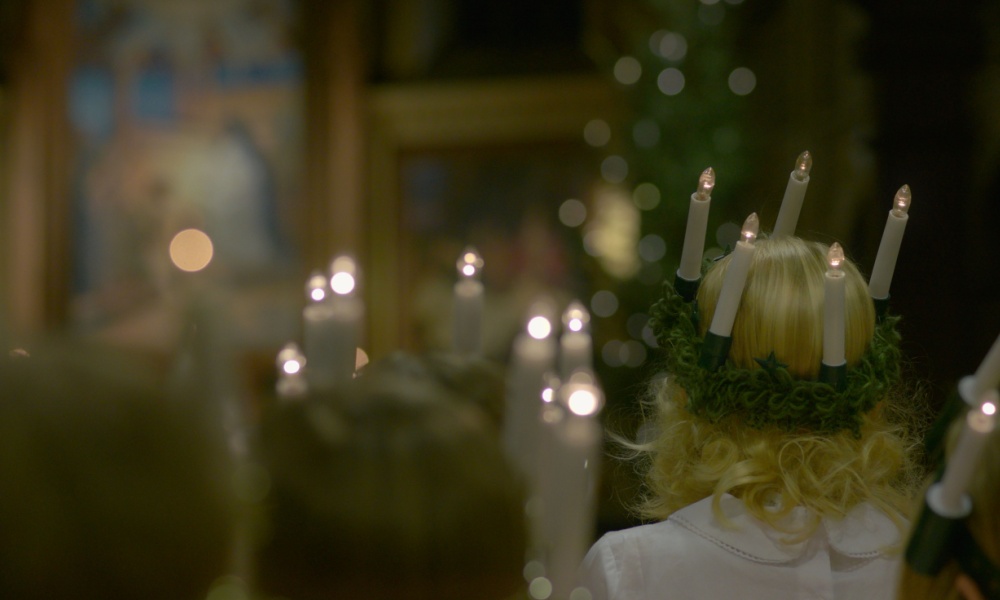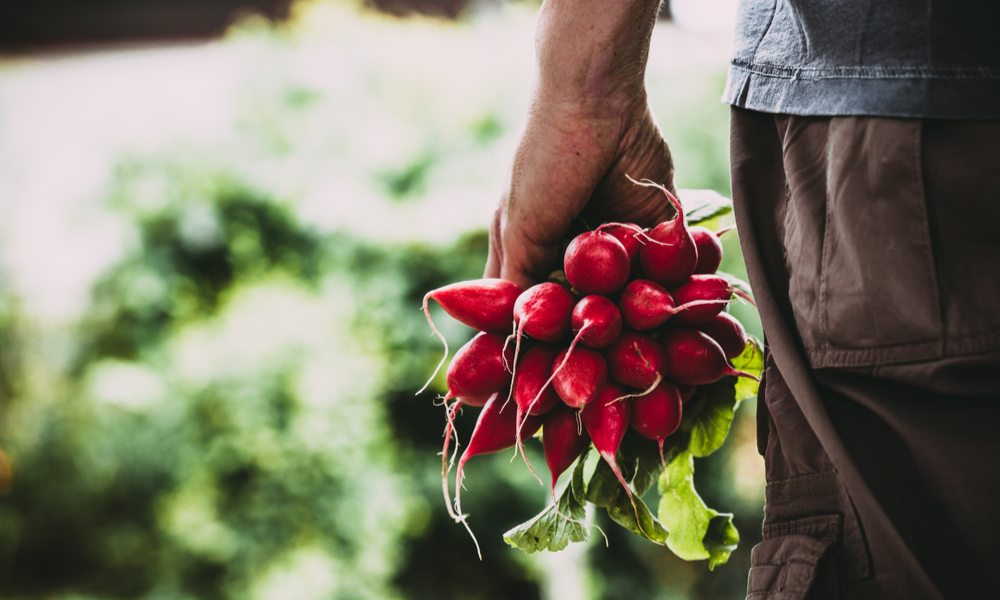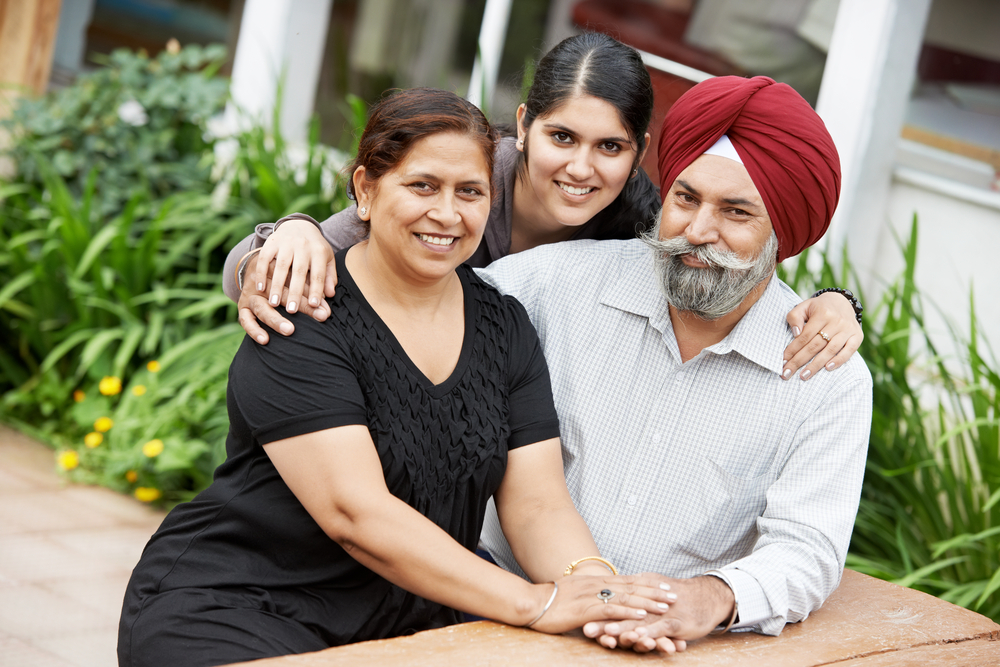Winter is practically synonymous with Christmas: twinkling lights on trees, cheerful carols, and festive wreaths. Sure enough, these customs never fail to bring joy year after year, and we eagerly welcome them into our homes and celebrations.
But winter is about more than just Christmas! And we’re not talking about other well-known celebrations like St. Nicholas Day, Las Posadas, or Three Kings Day, nor are we focusing on widely recognized holidays like Hanukkah and Kwanzaa. While these are cherished in their own right, this time we’re exploring truly lesser-known winter holidays celebrated around the globe.
Here are some fascinating winter holidays that you might not have heard of but hold special meaning for millions worldwide.
12/8 – Bodhi Day, Asia

Bodhi Day marks the moment that Siddhartha Gautama, the founder of Buddhism, achieved enlightenment and became the Buddha. Siddhartha began his journey as a prince but later renounced his royal life to seek spiritual truth as a monk. Often called Enlightenment Day, Bodhi Day is deeply significant to the approximately 400 million Buddhists around the world.
On December 8, Buddhists honor the Buddha’s enlightenment through meditation and temple visits. Many decorate Bodhi trees, a nod to the sacred tree under which Buddha found enlightenment. Traditional meals of rice and milk—what Buddha ate after his awakening—are often part of the day’s observances, reflecting simplicity and gratitude.
12/13 – St. Lucia’s Day, Scandinavia

Celebrated mainly in Sweden and Denmark, St. Lucia’s Day honors St. Lucia, a Christian martyr from the 4th century. According to legend, she brought food to imprisoned Christians, wearing a crown of candles to light her way. Historically, this day coincided with the winter solstice on the Julian calendar, making it a symbol of light during the darkest time of the year.
Today, candlelight fills homes, churches, and streets during St. Lucia’s Day celebrations. Processions often feature a young woman chosen to wear a candle crown, leading others in hymns. Traditional foods, like gingerbread and lussekatter—sweet saffron buns with raisins—add warmth to the festivities.
12/17 – Saturnalia, Ancient Rome

Saturnalia was an ancient Roman festival honoring Saturn, the god of agriculture. Initially a single-day celebration, it eventually grew into a week-long festival. Saturnalia was known for its carefree and festive atmosphere, where social norms were temporarily relaxed. Gambling was allowed, and masters and slaves shared meals and watched chariot races together. Gift-giving and candle-lighting also played important roles.
Although Saturnalia isn’t widely celebrated today, its legacy endures in modern festivities. Historical reenactments, particularly in regions with Roman heritage like Italy and the UK, showcase Saturnalia’s traditions through feasts and games. Elements of Saturnalia’s joy and generosity can also be seen in today’s Christmas and New Year customs.
12/21 – Winter Solstice, Global

The winter solstice, the shortest day of the year, has been celebrated across cultures for thousands of years. In the Northern Hemisphere, this astronomical event often falls on December 21 or 22 and symbolizes the sun’s return and the lengthening of days ahead.
From Stonehenge in the UK, where crowds gather to witness the sunrise, to China’s Dongzhi Festival, marked by family feasts of tangyuan (sweet rice balls), the solstice invites both reflection and festivity. In Scandinavia, Yule traditions like bonfires and candle-lit feasts echo ancient Norse customs. Around the globe, the solstice inspires celebrations that embrace renewal and the promise of brighter days.
12/21 – Yalda Night, Iran

Yalda Night — or Shabe Yalda — celebrates the winter solstice in Iran and other countries with Persian roots, like Afghanistan and Armenia. This ancient festival represents the triumph of light over darkness. Families gather to share poetry, food, and drink that symbolize renewal, including pomegranates, nuts, and watermelons.
The celebration reflects a blend of ancient Zoroastrian beliefs and modern traditions. It’s a time for storytelling, connection, and honoring the cycles of nature, reminding participants of the enduring power of light.
12/23 – Night of the Radishes, Mexico

In Oaxaca, Mexico, radishes take center stage every December 23 during the Night of the Radishes (or rábanos, in Spanish). Local artisans carve oversized radishes into elaborate scenes inspired by Mexican culture and religious traditions, including Nativity displays. This fun festival dates back to 1897 when radish carving became a popular seasonal market attraction.
Visitors can admire intricate radish sculptures while enjoying the festive atmosphere. Competitions reward the most stunning creations, showcasing the remarkable creativity of the participants.
1/5 – Guru Gobind Singh Jayanti, India

Guru Gobind Singh Jayanti celebrates the birth of Guru Gobind Singh, the 10th Sikh Guru, who was born in 1666. A warrior, philosopher, and spiritual leader, Singh founded the Khalsa, a group devoted to protecting the vulnerable. He also solidified the Guru Granth Sahib as Sikhism’s central text.
On this day, Sikh temples shine with candles and flowers. Devotional hymns fill the air, and langars—community kitchens—offer free meals to all. The day encourages Sikhs to honor the guru’s teachings and embrace his values of equality and service.
You Might Also Enjoy: From Darkness to Light! Winter Solstice Celebrations Around the World
1/13 – Lohri, India

Lohri is a harvest festival celebrated in Punjab, India, marking the end of winter and the start of the new agricultural cycle. Bonfires are the heart of Lohri celebrations, representing the fire god Agni. Participants toss offerings like sesame seeds and sweets into the flames, seeking blessings and symbolically burning away negativity.
The festival also features traditional songs and dances, alongside meals of sarson da saag and makki di roti (mustard greens with corn flatbread). Children sing about Dulha Bhatti, a Robin Hood-like folk hero, bringing stories and cheer to the festivities.
FAQs:
Q: What symbols or decorations are used for Bodhi Day?
A: Buddhists decorate Bodhi trees, light candles, and keep decorations simple, focusing on enlightenment and spiritual growth.
Q: How can visitors respectfully observe a St. Lucia’s Day event?
A: Dress modestly, arrive early, and watch the candlelit processions quietly. Visitors are welcome to observe but not typically participate in rituals.
Q: Does Saturnalia influence any modern traditions?
A: Saturnalia inspired some aspects of Christmas and New Year celebrations, like feasting, gift-giving, and communal joy.
Q: What should you wear or do at Yalda Night gatherings?
A: Dress comfortably and modestly. Be ready to share poetry, enjoy symbolic foods, and embrace the communal spirit.
Q: How can visitors experience the Night of the Radishes respectfully?
A: Observe the carvings without touching, respect local customs, and ask permission before taking photos of the artwork.
Q: Are non-Sikhs welcome at temples during Guru Gobind Singh Jayanti?
A: Yes, but visitors should cover their heads, remove their shoes, and sit on the floor as a sign of respect.
Q: Can visitors participate in Lohri traditions?
A: Visitors can join bonfire gatherings, enjoy traditional foods, and learn about Lohri’s folklore, including stories of Dulha Bhatti.
What’s your favorite winter holiday around the world? Let us know in our comments section below!


Leave a Reply